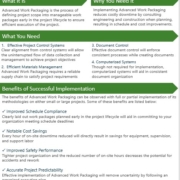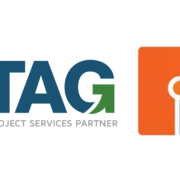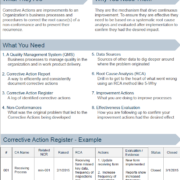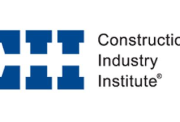Partnering (part 2)
What makes partnering successful?
Within the construction industry, partnering – an optimal relationship between a customer and supplier – offers many opportunities to improve construction projects’ total quality and cost-effectiveness while developing an atmosphere conducive to innovation, teamwork, trust, and commitment. Partnering can be used to attain total quality management (TQM).
Key Elements of Partnering:
a. Long-Term Relationship
b. Commitment
c. Continuous Improvement
d. Trust
e. Investment
f. Alignment
g. Synergism
h. Shared Risks
i. Mutual Rewards
j. Equity
k. Systemic Relationship
l. Competitive Edge
Benefits of Partnering:
a. Continuous improvement of the quality of services and products
b. More effective utilization of resources
c. Improved profits (value) for all parties
d. Encourages innovation on projects
e. Develops long-term teamwork, trust, and commitment
f. Allows for continuous planned development of new skills and processes
Major Concerns of Partnering:
a. Protecting proprietary information
b. Evaluation/assurance of value received
c. Fair sharing of risks by all parties
d. Obtaining/maintaining total commitment
e. Creates strong dependency on partner
f. Limits competitive market strategy
g. Integration of differing company cultures
Results, Process, and Relationship Measures
To assess the true benefits of partnering, track and measure performance in a partnering relationship, then compare those results with the same data from before the adoption of partnering. Research suggests using the following measures:
- Results: hard measures based on objective analysis of performance relative to
quantifiable standards - Process: used to assess the existence and performance of work processes
- Relationship: qualitative measures used to assess the health of a partnership or project
team, or the perception of its performance by key customers
The partnership triangle shows the criticality of the integration or links of the measures with each other and the business drivers.
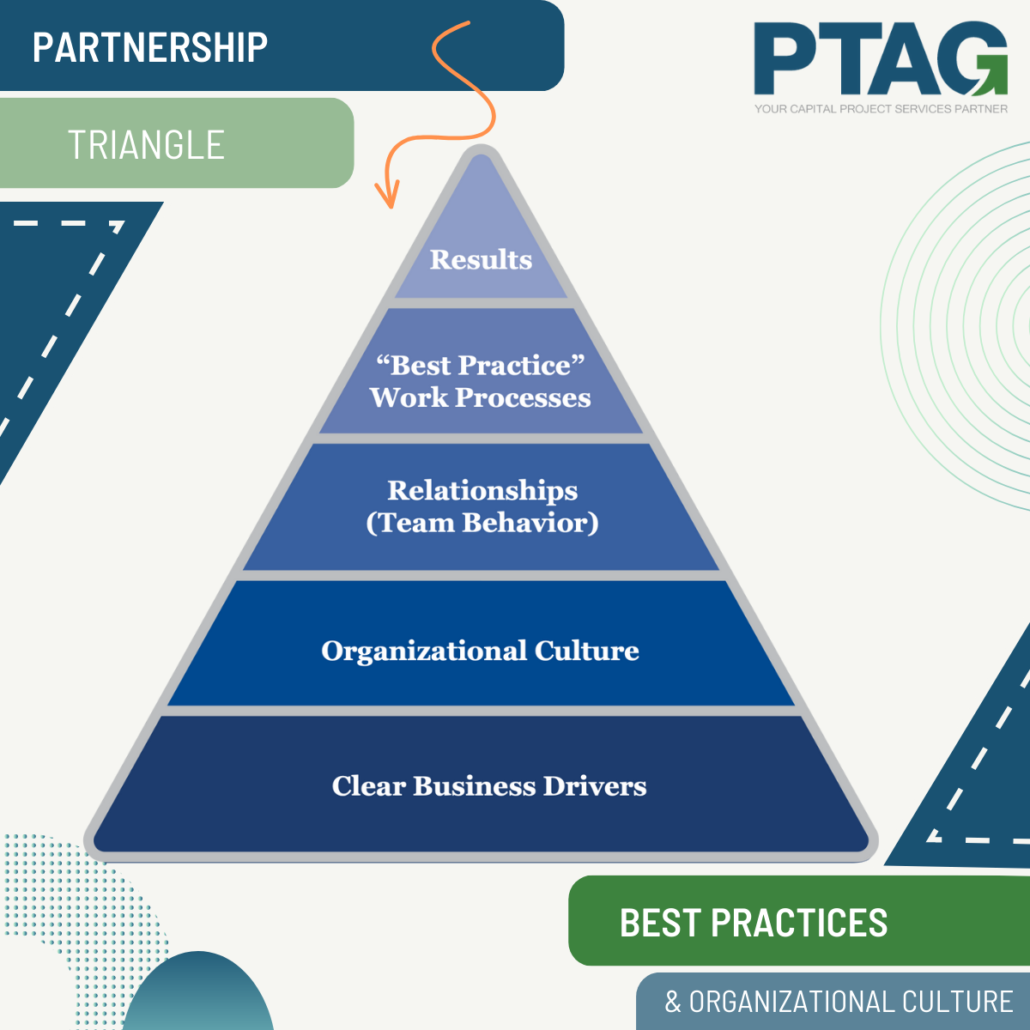
PTAG helps you to benefit from partnering by:
a. Continuous improvement of the quality of services and products
b. More effective utilization of resources
c. Improved profits (value) for all parties
d. Encourages innovation on projects
e. Develops long-term teamwork, trust, and commitment
f. Allows for continuous planned development of new skills and processes


